Are high fuel and maintenance costs for your sanitation fleet straining your town's budget? These expenses limit your ability to keep every street clean, frustrating residents and officials.
To reduce fleet costs, you must switch to electric vehicles, optimize the fleet size, implement preventive maintenance, and use route planning software. This combined approach directly lowers fuel, repair, and labor costs while improving service efficiency.
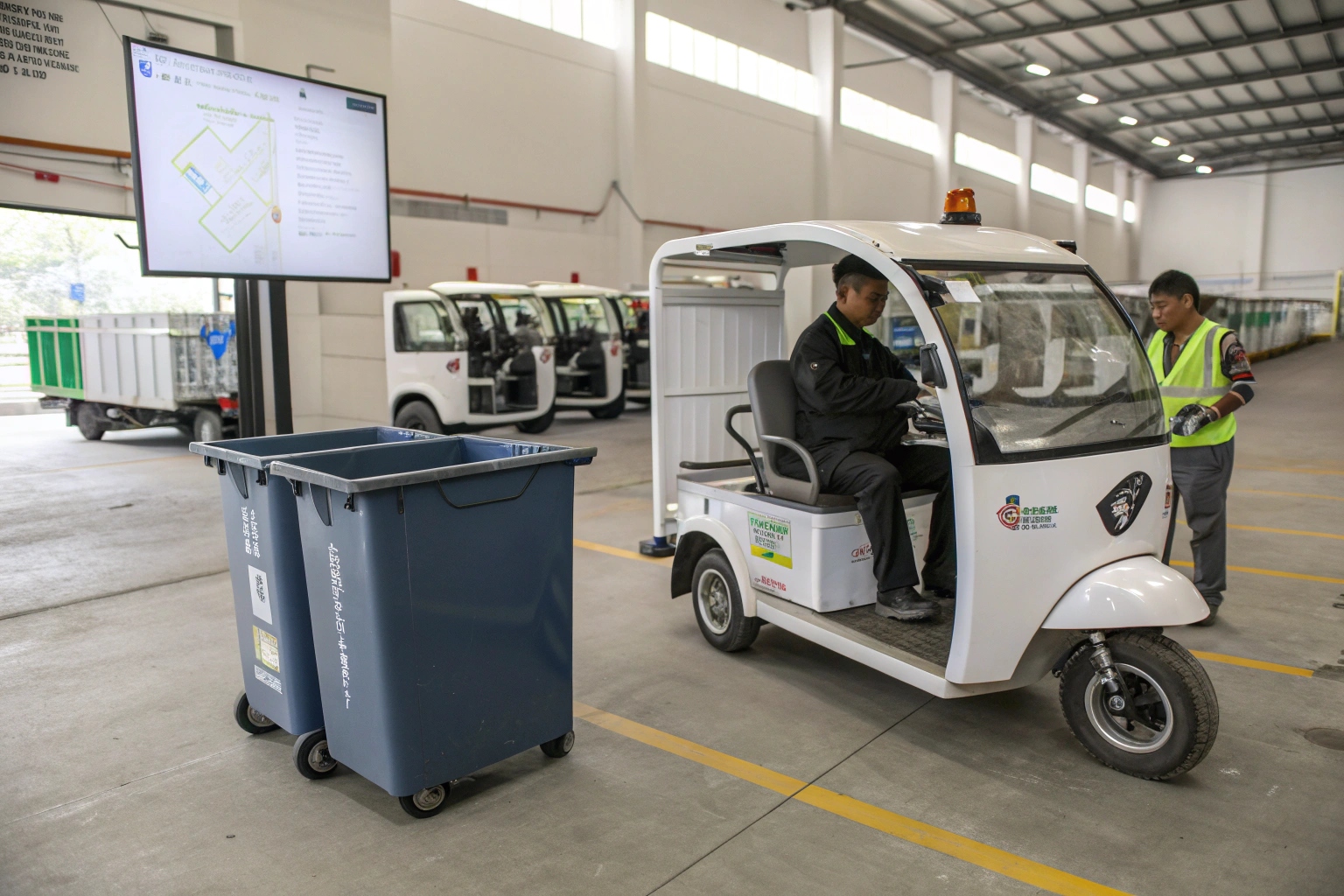
As a factory supplying sanitation vehicles for government projects, I've seen many small communities struggle with this exact problem. They are locked into old, expensive diesel trucks that are too big for their needs and too costly for their budgets. The good news is that there is a more modern, affordable, and efficient way to manage waste collection. Let's break down the practical steps you can take to lower your costs and improve your service.
How Can Electric Garbage Tricycles Lower Sanitation Fleet Operating Costs?
Your diesel trucks are constantly at the fuel pump, and their complex engines require expensive, specialized repairs. These volatile and high costs make budgeting almost impossible for your sanitation department.
Electric garbage tricycles slash operating costs by eliminating fuel expenses entirely. They also have far fewer moving parts than diesel engines, leading to significantly lower maintenance needs and less downtime, saving you both money and time.
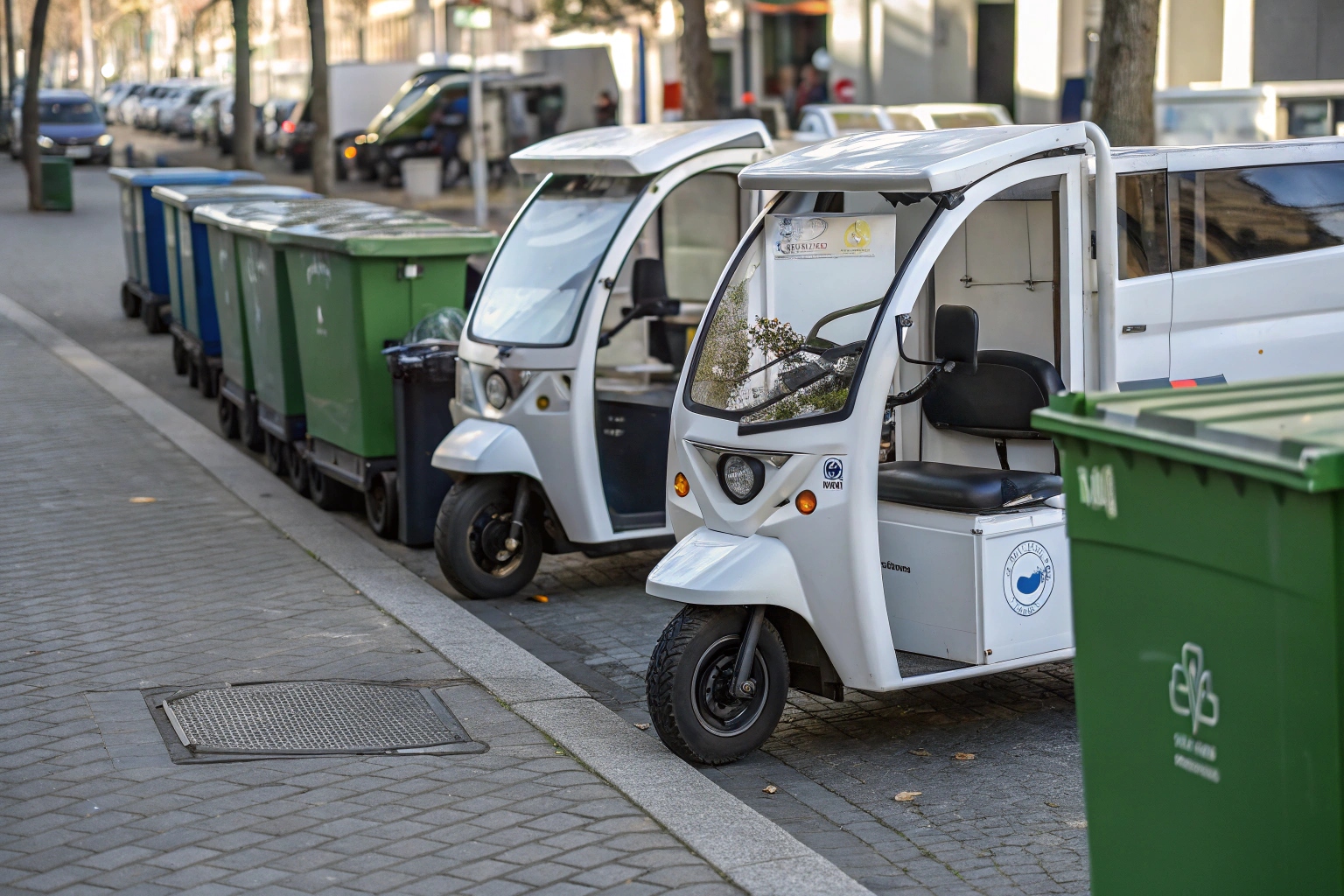
The most direct way to cut sanitation fleet costs is to stop buying diesel. The savings are immediate and significant. Electricity is much cheaper per kilometer than diesel fuel, and its price is far more stable. But the savings go beyond the pump. From our experience, maintenance is where kendaraan listrik really shine. A diesel engine has hundreds of moving parts, requiring oil changes, filter replacements, and complex repairs. An electric motor has very few. This means fewer things can break, and the repairs that are needed are simpler and cheaper. For narrow streets and small-town routes, compact electric sanitation tricycles from AGL-Trike are proven to deliver these savings. They are not just vehicles; they are tools designed for maximum uptime and minimum expense.
| Faktor biaya | Diesel Truck | Sepeda Roda Tiga Listrik |
|---|---|---|
| Biaya Bahan Bakar | High and Volatile | Rendah dan Stabil |
| Engine Maintenance | Sering & Complex | Minimal & Sederhana |
| Oil & Filter Changes | Required Regularly | Not Required |
| Waktu henti | Higher Risk | Lower Risk |
What Fleet Size Optimization Strategies Work for Small Communities?
Your large garbage trucks are driving through narrow alleys half-empty, wasting fuel and maneuverability. Using a single, oversized vehicle type for all collection tasks is incredibly inefficient and costly.
Fleet optimization for small towns means "right-sizing" your vehicles. Instead of a one-size-fits-all fleet, you use smaller, more efficient vehicles for specific tasks, ensuring you never pay for capacity or fuel you don't need.
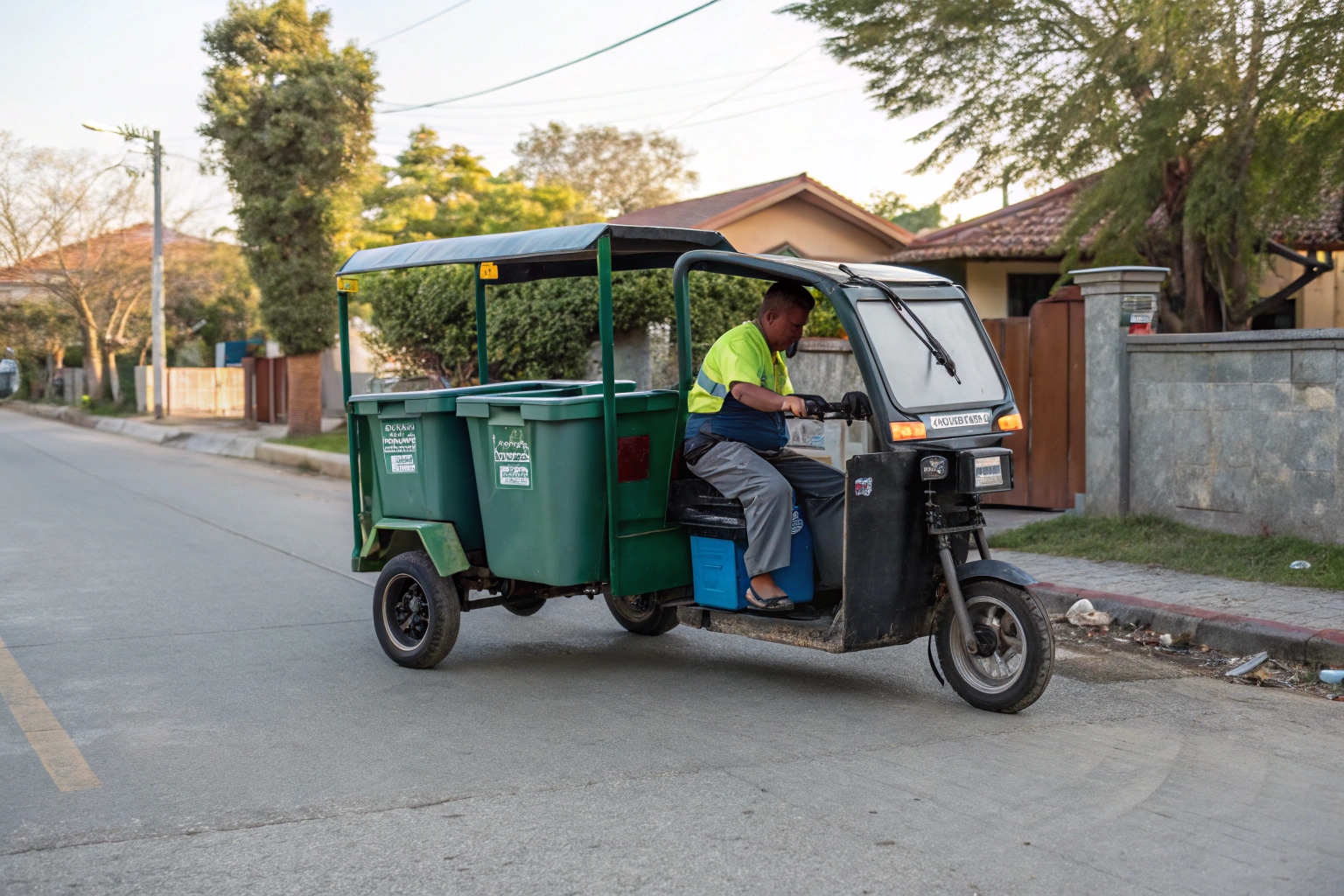
I always advise my clients to think like a logistics expert. You wouldn't use a giant shipping container to deliver a small pizza. The same logic applies to waste collection. Why use a 5-ton truck to collect waste from a few houses in a tight alley? This is where a mixed-fleet strategy comes in. Instead of buying oversized trucks, towns can deploy AGL-Trike’s electric garbage tricycles for small alleyways, paired with mini four-wheel EVs for larger routes. This approach does two things. First, it dramatically lowers your average fuel and maintenance costs. Second, it gives you flexibility. Governments or NGOs can start with a small, affordable fleet of tricycles and expand as the community grows or as budgets allow. It's a smarter, scalable way to build a modern sanitation fleet.
How Does Preventive Maintenance Reduce Total Fleet Cost?
A sudden vehicle breakdown brings your collection route to a halt. This leads to expensive emergency repairs, driver overtime, and angry calls from residents about missed pickups, creating a cascade of problems.
Preventive maintenance involves regular, scheduled checks on key components like tires, brakes, and batteries to fix small issues before they become major failures. This strategy minimizes costly emergency repairs and maximizes vehicle uptime.
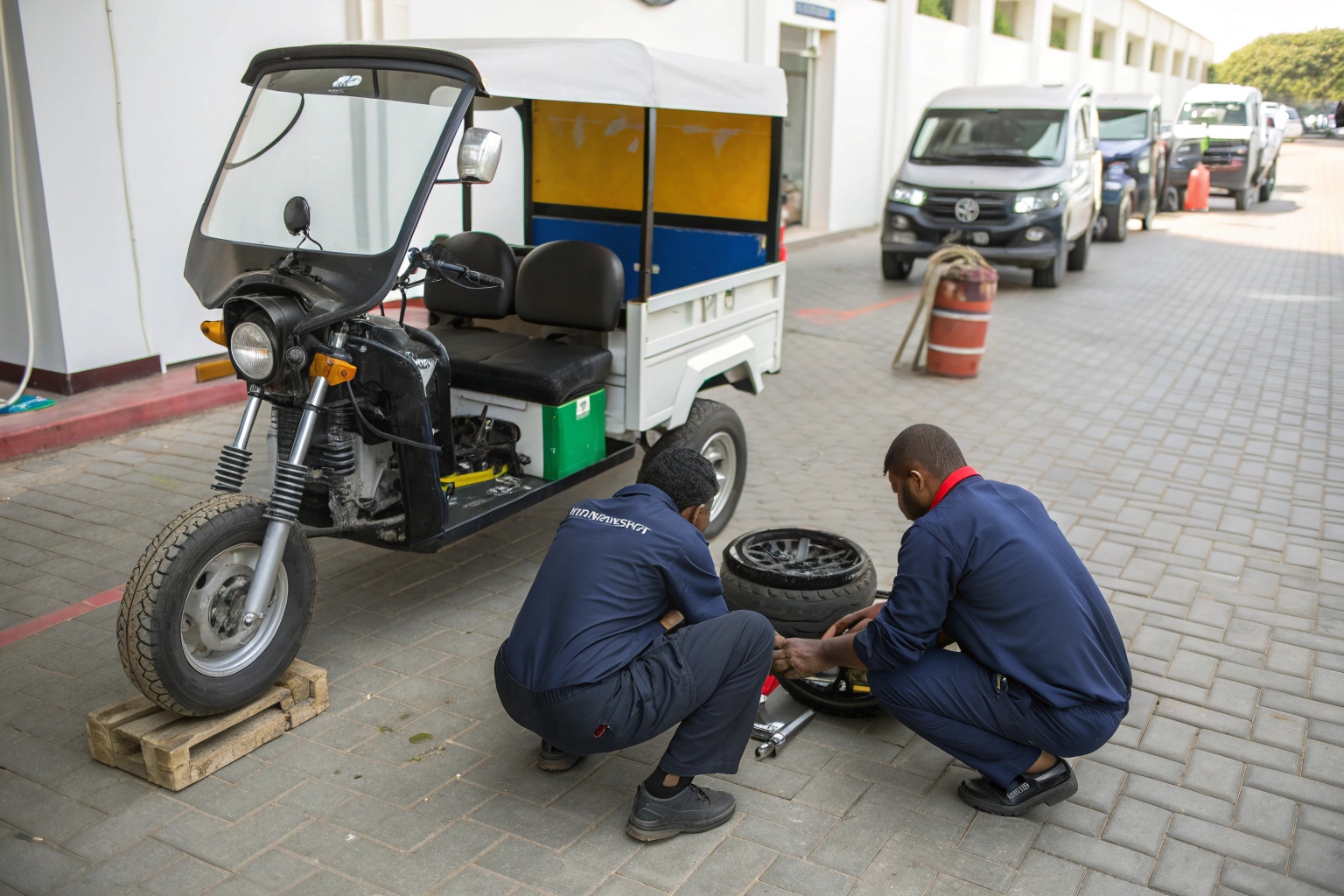
Waiting for a vehicle to break down is the most expensive way to manage a fleet. The costs are not just for the repair itself but also for the disruption it causes. A proactive approach is always cheaper. Creating a simple daily or weekly checklist for drivers can catch many problems early. Are the tires properly inflated? Are the brakes responsive? Are the battery connections clean? We understand that municipal workshops have limited resources. That's why AGL-Trike designs vehicles with simple, durable components—such as modular battery drawers and easily replaceable hubs—making preventive maintenance affordable for municipalities with limited budgets. Our goal is to provide a vehicle that is not just cheap to buy, but cheap to own and easy to keep running reliably for years.
Can Route Planning Software Improve Waste Collection Efficiency?
Your drivers follow the same routes they have for years, with lots of backtracking and wasted mileage. This inefficiency burns through time and energy, whether it's fuel or battery charge.
Yes, route planning software uses algorithms to create the most efficient collection paths based on bin locations and traffic data. This dramatically reduces travel distance, saving fuel, battery life, and valuable work hours.
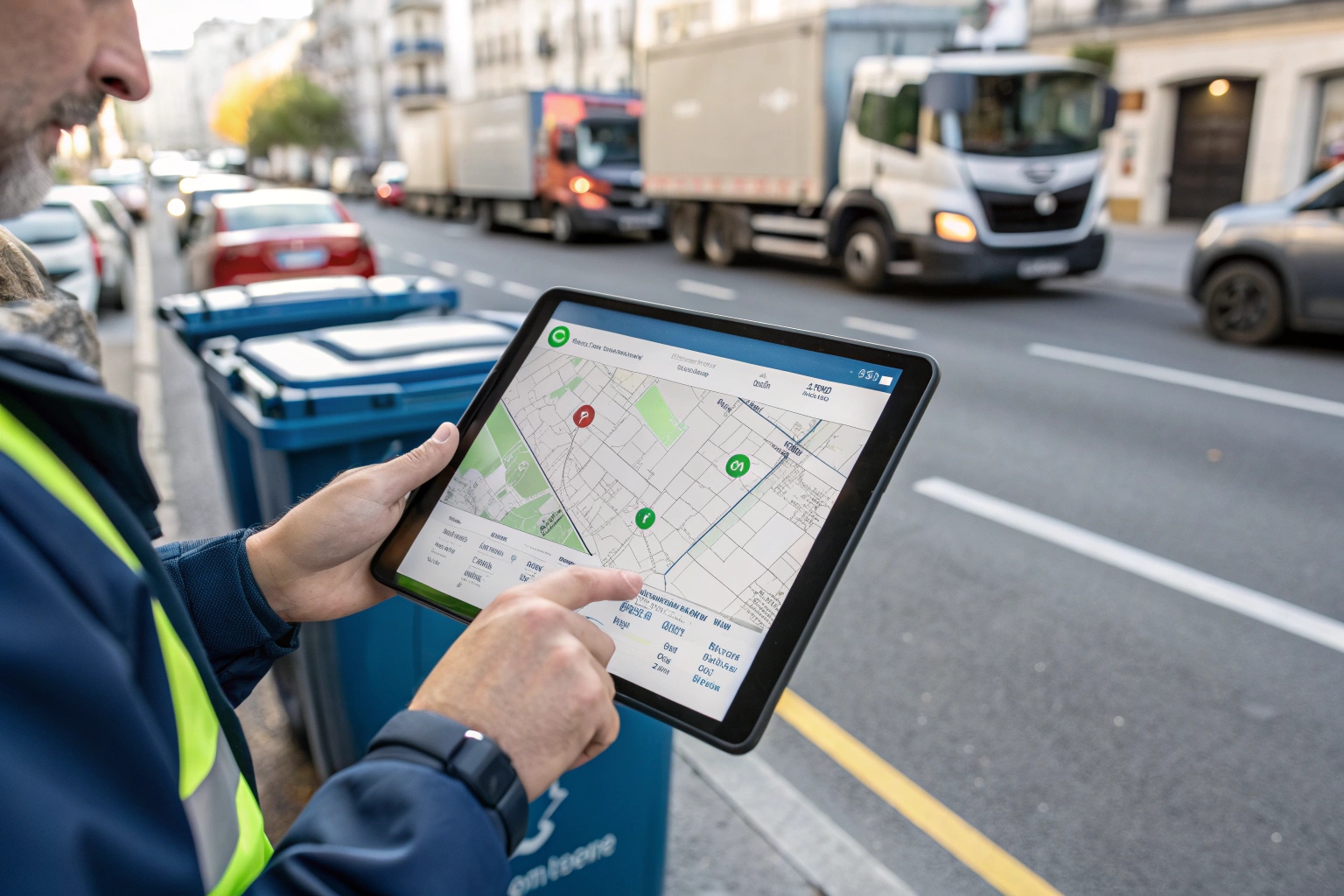
Technology offers powerful tools to eliminate waste in your routes. Route planning software can take a list of all your collection points and generate the mathematically shortest and fastest path to service them all. What used to take hours of manual planning can now be done in minutes. For an electric fleet, this is especially important because every kilometer saved is battery life preserved, potentially allowing a driver to complete their route without needing a mid-day recharge. When paired with GPS-enabled AGL-Trike sanitation tricycles, route planning systems can track performance and optimize collection schedules in real-time. This data also helps you order the right specs. For short, high-frequency routes, a standard lead-acid battery is often enough, but we can configure the trikes with lithium for longer routes that demand more range.
Kesimpulan
By adopting electric tricycles, optimizing your fleet size, performing preventive maintenance, and using smart routing, small towns can build a modern, affordable, and highly efficient sanitation service.
AGL-Trike specializes in electric tricycles and low-speed EVs tailored for sanitation fleets. Contact us to explore cost-efficient solutions for your community.

